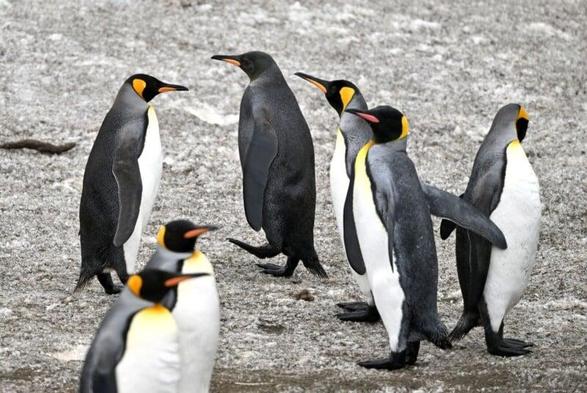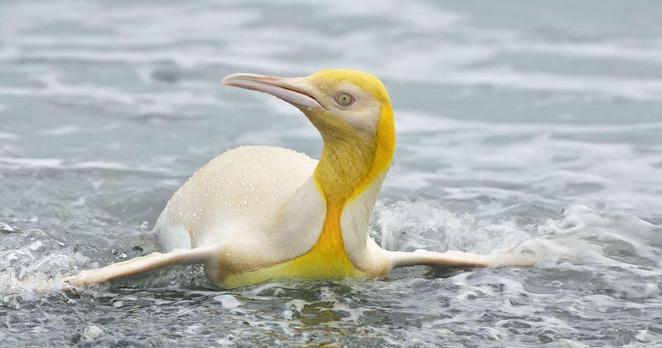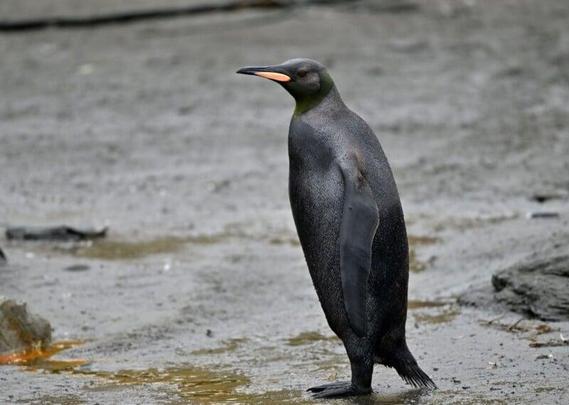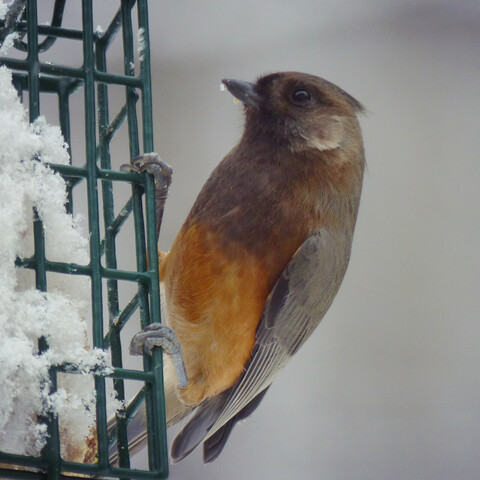24-Oct-2025
#Moth #melanism: From British soot to China’s tea gardens

Moth melanism: From British soot to China’s tea gardens
Insect color variation is typically driven by predator avoidance, as seen in the industrial melanism of British peppered moths. A study in National Science Review explores melanism in tea geometrids in Chinese tea gardens, where color variation has minimal impact on predation. The study reveals that these geometrids across continents share convergent melanism loci. It also suggests that a reproductive disadvantage may help maintain the low proportion of melanic tea geometrids in the wild.
https://palmoildetectives.com/2021/07/28/the-why-what-and-where-of-the-worlds-black-leopards/?utm_source=mastodon&utm_medium=Palm+Oil+Detectives&utm_campaign=publer
For two years, during 2016-2018, we were visited regularly by a melanistic tufted titmouse. We more commonly see leucistic birds, so this individual was a rare treat. I miss him!
#bird #birds #BirdsOfMastodon #melanism #melanistic #titmouse #NewEngland
Paint it black: first record of melanism in Canada lynx (Lynx canadensis)
Variation in coat colour within mammal species is of enduring interest, likely because of its potential to be either adaptive or maladaptive. Coat colour in the genus Lynx tends to be stable, with little variation within species compared to that of other felids. Canada lynx ( Lynx canadensis ) have coats that typically are silver grayish in winter and reddish brown in summer with dark spots, and black hairs on the tips of their tails and ears. A rare pallid colourmorph is occasionally observed, suggestive of partial albinism. Here, I report the first record of a melanistic Canada lynx. The individual was photographed during summer in the Yukon (Canada). It had a black coat containing whitish gray guard hairs throughout, as well as whitish gray hairs in the facial ruff and the rostrum and dorsal regions. There are only a small number of records of coat colour polymorphisms in the genus Lynx . The adaptive significance of melanism in lynx is unknown, but the loss of camouflage when hunting during winter is likely maladaptive.








